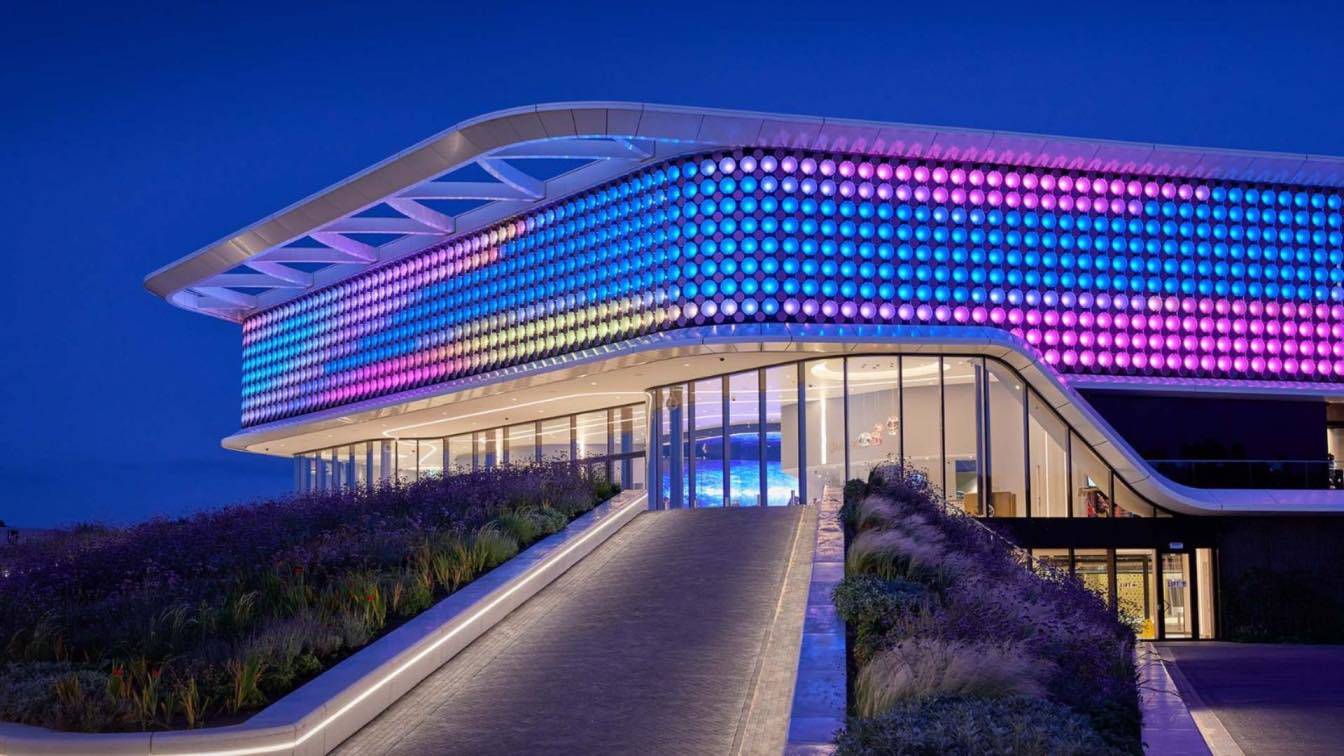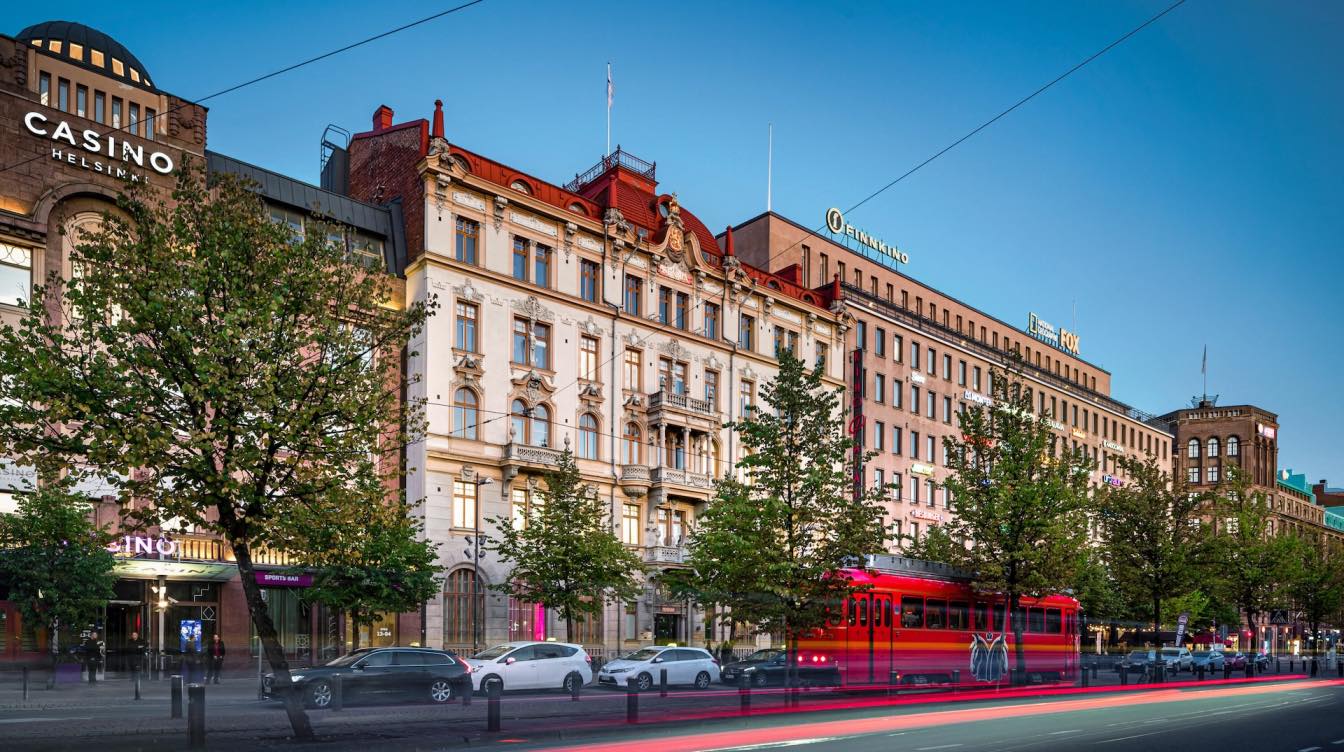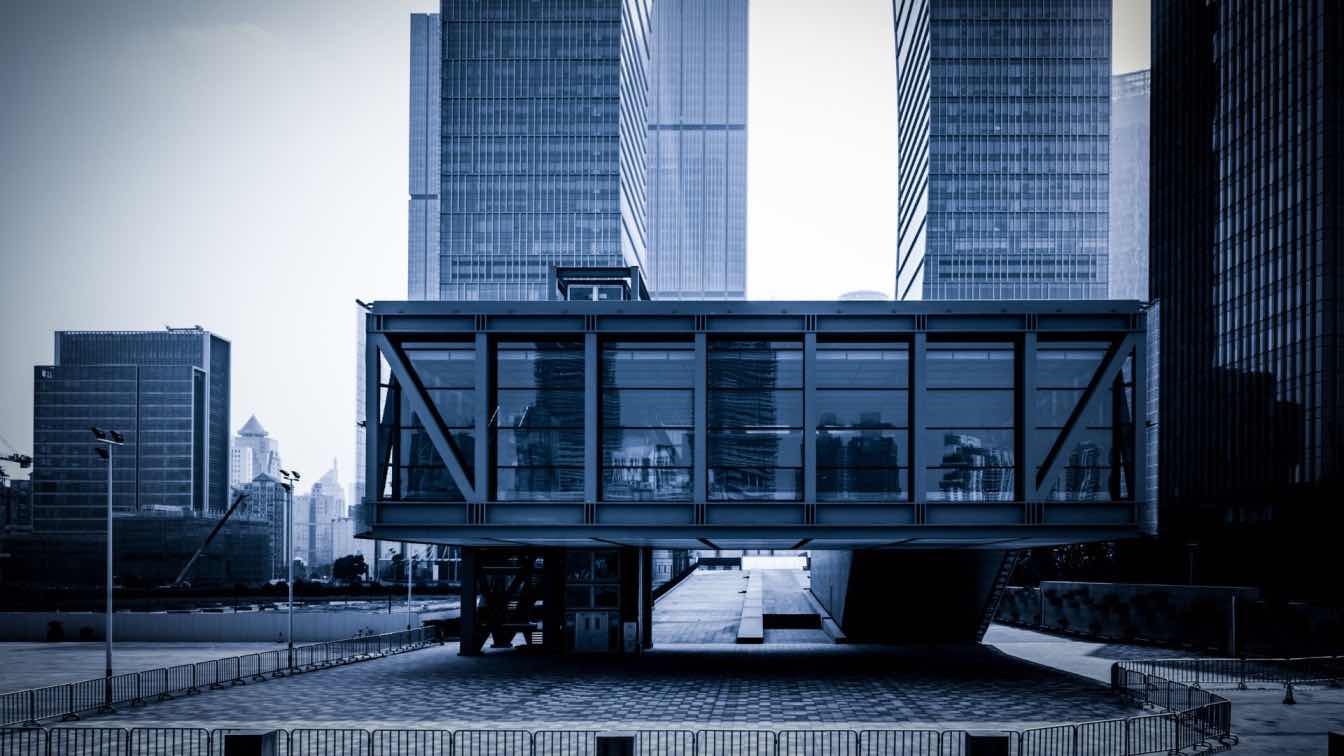Artistic techniques are a set of tools that allow you to create a harmonious and expressive image of an object. If an artist works with paints and brushes, then for a lighting designer such "tools" are lighting equipment, control systems and modern technologies.
Thanks to the use of various artistic lighting design techniques, architecture becomes even more visually striking at night. The night image of the buildings, like an evening dress, invites the audience to look at them in a new way, to consider the unique features in them that become visible when the architectural lighting is turned on. Lighting designers and lighting artists who work at creating the evening look of buildings pay attention not only to developing an interesting concept, but also to available technologies for achieving the desired result. It is important in the creative process to strike a balance between the idea of architecture, the context, and the creative lighting design idea, so that together they appear, broadcasting the overall idea of the project.
Thanks to modern technologies there are different architectural lighting design methods that specialists use depending on the task, the design features, and architectural solutions, as well as the style and context. At first glance, it seems that there are not so many techniques in lighting design, but you can create various artistic images with their help.
Let us teel you about there artistic lighting design techniques in details.
1. Color temperature and intensity
 image © Platek
image © Platek
Architectural lighting appeared in America in the 1920s with the first skyscrapers in New York. These buildings deserved attention and admiration at any time of the day, so Manhattan became "a new city of light and color, a fabulous land of night ... a city of illuminated castles in the air, which are touched by the brush of light impressionists" - the New York Times wrote in 1925 year.
Traditionally facades were illuminated with warm white light, which was due to the technological features of light sources. LED technology now introduces a wide range hues of white light for use, from warm (amber) to cool (visually closer to blue hues). The combination of two or even three hues of white light (different color temperatures) help to highlight the diverse elements of the facade, to show its volume and its plasticity, and to identify the key elements. For example, niches can be highlighted with dimmed warm yellow light, visually bringing them into the background, columns can be illuminated with a cooler hue and brighter, while the main turrets and a central entrance or decorative element are emphasized with an even cooler hues of white or light of greater intensity. Thus, the eye completes the received information, perceiving these three levels of depth, as well as the significance of the elements of the facade.
With the help of color temperature, intensity, as well as the optical characteristics of lighting devices, it is possible to convey the volume of buildings, emphasizing their architectural features, and to show the artistic image of architectural structures.
2. Color lighting
 image © W Workspace, Luke Yeung, Aey Somsawat
image © W Workspace, Luke Yeung, Aey Somsawat
Colored facade lighting became more popular with the advent of RGB LED technology. Colored light has a strong effect on the perception of objects and must be handled very carefully, which is why at first colored lighting was used for modern buildings and bold architectural solutions. Classical and historical buildings have recently started using colored lighting. Probably, such bold solutions began to appear due to the emergence of a more flexible and versatile RGBW technology, when 3 colors (Red, Green, Blue) and white are combined in one lamp.
Lighting scenarios can be customized for different occasions. For example, on holidays, colored lighting is turned on, and on weekdays, the building is illuminated only in shades of white. Progressive technology helped to avoid the mounting of additional lighting fixtures on the facades, has made it possible to create more complex and delicate color shades, and has also diversified the possibilities for creating solemn and festive images of architecture.
3. Dynamic lighting
 image © Corné Clemens
image © Corné Clemens
Dynamics in lighting solutions is provided with the help of lighting control systems. Management is carried out according to different protocols, the most popular of them are 0-10V, DALI, DMX, PWM (PWM).
Now on the facades of buildings you can see the play of colors, the change in light intensity, the effects of flickering white shades and other lighting effects. Dynamic light scenes can be achieved with the use of media facades or individual luminaires connected to a lighting control system.
Flexible light control options allow you to create individual programs, as well as work on time / calendar or with sensors. For example, on weekend evenings, lighting can work in color overflow mode, turn off the color program after 23:00 and switch to dimmed shades of dynamically changing shades of white, switch to energy saving mode at 00:30 and work at 20% power, and turn off completely at 02:00 and turn on the very next day with the onset of twilight when a certain level of illumination around is reached. How the system will work depends on the desire of the customer and the capabilities of the equipment used in the project.
Dynamic facade lighting solves two main tasks at once: 1 - creating an expressive visual image, 2 – solving the issue of energy efficiency.
4. Integration into the architecture
 image © TOPIA Vision
image © TOPIA Vision
Some buildings are designed with the idea that light will play a key role in shaping their image. In this case, architects, lighting designers and engineers cooperate to create a joint technical solution. Individual development lighting and architectural solutions of this type you can see, for example, at buildings with glass facades. Highlighting transparent glass is not recommended due to its reflective and transmissive properties, so they used special materials for its processing, digital printing, translucent insulating materials, and double-glazed windows, etc. In such projects the lighting becomes part of the building and architecture because it’s not a separate lamp that can be replaced with another one. Such solutions are rare, but always differs from other ones, causing admiration and questions about how technically it was possible to achieve such an effect.
Also, an interesting effect can be achieved when lighting fixtures are installed under the facade shell and their light breaks through “from the inside”, outlining the planes of the facade slabs that are spaced from the main wall. The building seems to acquire an additional internal volume, filled with light coming out.
Sophisticated technical solutions with integrated light into architecture, the interaction of light with forms and materials, show the high status and value of such objects.
5. Lighting effects: projections, installations
 image © Refik Anadol
image © Refik Anadol
Projections on the facade, or 3D mapping, are widely used as a spectacular event lighting and one of the areas of digital art. On the building, as on a screen, appear specially created static or dynamic visual images. A feature of the projections is the exact fit to the dimensions of the building acting as a canvas. All facade elements matter (each ledge, depression, rounding) while preparing visual material. Thanks to a detailed digital model of the building, the visuals lie exactly on the surface, do not get into the windows, and do not bend, no matter where the viewer is.
Art entered our life in new forms, for example, as light installations. And they appear not only as free-standing objects on the street or in exposition spaces, but also on buildings. Light structures placed on the facades become independent objects, pieces of art exhibited in the urban environment. Due to this, they attract the attention of many people, forcing them to think about the explicit or hidden meaning and evoking emotions - no matter if positive or negative. Perhaps the main task of such installations is the presence of reaction.
Conclusion
Lighting design is the tool that can help to create a new aesthetically attractive, functional, and energy-efficient structures. The possibility of using different artistic techniques for facade lighting brings lighting design to a new level, when architecture communicates with the viewer through light using modern technologies.





